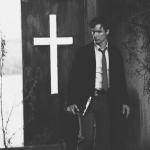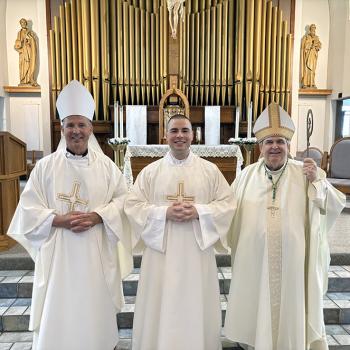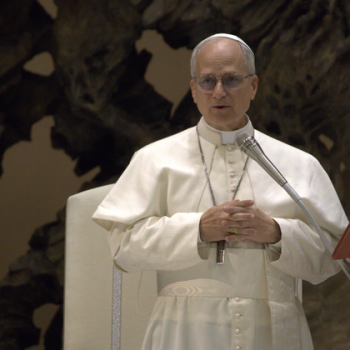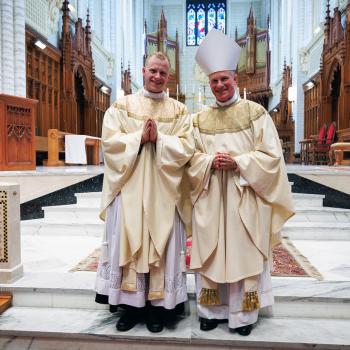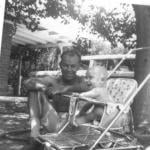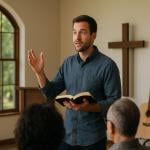There’s no doubt that we are living in a shifting time. But if the early aughts were about American Christianity emerging, and the 2010’s have been about progressing, it seems to me the next decade might well be about rooting, centering, and building.
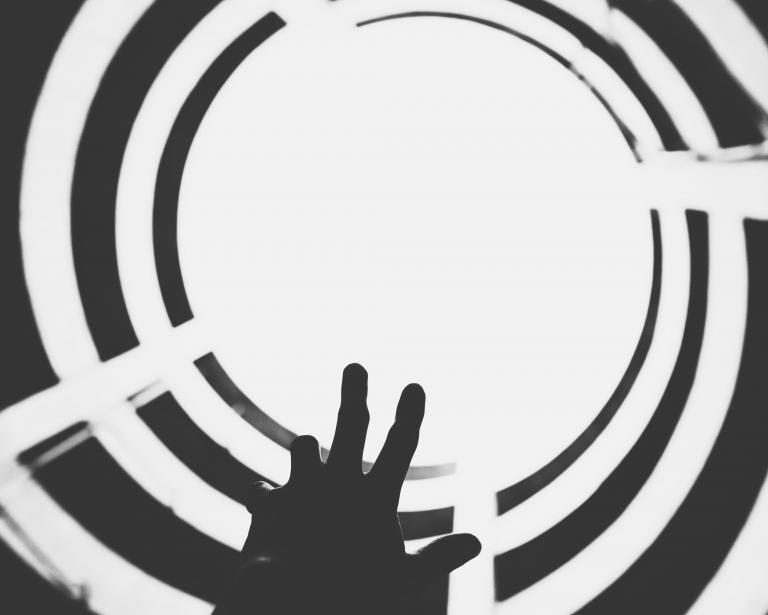
I’ve lived out this early-millennial era in American Christianity personally, planting a church at the height of that emerging/missional phase, and writing/preaching publicly through all the recent progressing. But despite the crescendo that we seem to have reached in resisting the Trump presidency and the virulent conservatism and fundamentalism it fosters and exposes, I believe we need to move forward into the next phase of growth — which may well entail coming full circle on some core things.
Ditches & Pendulums
When I was a kid growing up in the culty “prophetic” segment of the charismatic movement, there was a catch-phrase that caught my attention: “There are ditches on both sides of the narrow path.” In those days, I’m sure the metaphor was used to warn against odd spiritual manifestations on one hand, and dry unspiritual religion on the other. But the main idea, which has stuck with me to this day, was that there is a kind of delicate, deliberate balance to following Jesus.
It’s not just the wide road of utter worldliness, rebellion, or unbelief that we must avoid, but also the ditches that are ever-present should we teeter or veer from the narrow way.
Perhaps a related metaphor is the pendulum swing. In trying to oppose one error or extreme, we are often in danger of swinging to the equal and opposite extreme — where similar heresies await us.
If that seems trite or simplistic, I get it: but maybe simplicity is what we need in such a shifting time, the simplicity in Christ. There are ditches on both sides. There is always the danger of the pendulum swing. Balance is vitally important in following Jesus and preserving the faith once for all delivered to the saints.
If, of course, we care about such things.
Doubtful Doubt
You could say that certainty is one of the ditches beside the narrow path, and some with an earnest intention and desire to follow Jesus fall into it. Certainty is what gives us that harmful hardline conservatism. Certainty is what gives us that abusive fundamentalism.
Part of the emerging and progressing of the last two decades has been about opposing certainty in Christian theology and practice. It has been a grand pushing back on the way certainty is wielded by the powerful to consolidate and protect their power, while controlling and oppressing and marginalizing others. Certainty is a tool of empire, and American Christianity is being exposed for its empire business. (I wrote a book about that last part.)
One alternative to a religion of certainty is making room for doubt. For deconstruction. For the dark night of the soul. For lament and resistance and the genuinely prophetic work of speaking truth to power. The last two decades, and especially the last few years, have been all about recovering this in American Christianity — and there has been much upheaval as a result.
So be it. In times of apocalyptic Great Revealing, the shifting will often turn to a shaking and a sifting.
Whatever can be shaken, must be.
And that which has been restored, this prophetic kind of work, will, and must, remain.
And yet. There is a ditch on this side too — we might say, on the side of doubt, on the side of deconstruction, on the side of resistance. There is a ditch that would so magnify doubt and critique as to diminish confidence. To render faith, hope, and trust basic things, simplistic things, to be discarded in favor of the skillfully demolished edifice: an artful, sophisticated sacking of the city, no stone left upon another, and no sign of a new Jerusalem, either.
But herein lies the ditch: if doubt is central, a tightly held core value or prized identifying marker, then even our doubts are doubtful, and all beneath us is shifting sand and stormy seas.
Tattooed by the Covenant
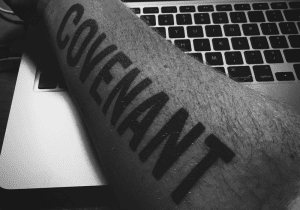 The tattoo on my arm is kind of like baptism. I don’t think I thought about it that way when I got it; I was just sure I loved the theology behind the word and wanted to be marked by it. But now I realize the mark means more. It calls out the core of everything I believe — everything I am.
The tattoo on my arm is kind of like baptism. I don’t think I thought about it that way when I got it; I was just sure I loved the theology behind the word and wanted to be marked by it. But now I realize the mark means more. It calls out the core of everything I believe — everything I am.
“Remember your baptism and be thankful!” is the priest’s cry during Epiphany, when we are sprinkled with the water again as an act of vow renewal. Remembering is vital because we are prone to forget, prone to veer off track, prone to end up in ditches. When I look down at my arm now, it invites an act of remembrance: “Covenant,” it says, and I remember my vows. I remember that covenant faithfulness, sealed by the water and the blood, must be what marks me.
If American Christianity is to continue growing up and moving forward it will be because it roots down and centers itself once again in the confident covenant relationship with God in Christ. It will be because it takes all the ecclesial emerging and prophetic progressing and channels it into the conclusion that the faith once for all delivered to the saints is the one worth preserving: because it is the only true hope of God’s glorious justice coming to bear, fully and finally, in the Church and in the world.
This shifting time is setting the stage for a full circle moment: when, like every hero’s journey, we return to the core values that make us who we are, but live them out in service to the world in way truer, purer, and more powerful than ever before.
But more on that in Part 2.

